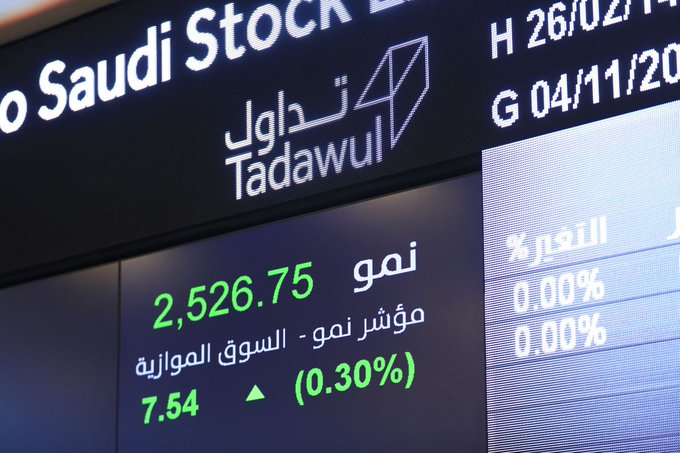
Bloomberg revealed that the Saudi Investment Fund is adopting a plan to dispel the Kingdom’s revolutions to finance the projects of Crown Prince Mohammed bin Salman.
According to the agency, “Saudi Arabia plans to sell stakes in local companies owned by the sovereign wealth fund, to obtain $5 billion in cash, to advance bin Salman’s plans and projects.”
The agency stated that “the sales scheduled by the Saudi Investment Fund include $3.2 billion from the sale of the shares of the Saudi Telecom Company, and $1 billion from the sale of a stake in the Saudi Stock Exchange, in addition to $820 million from the sale of a stake in the Digital Security Company.”
The head of the Saudi Investment Fund, Mohammed bin Salman, did not leave a fund, company or money without placing it under his sovereignty in a way that reflects the mentality of the tyrannical ruler.
However, these mergers and ill-considered plans increase the risks of the failure of the Vision 2030 launched by bin Salman to diversify the sources of income in the Kingdom.
Six years ago, bin Salman announced Vision 2030 to diversify the resources of an economy entirely dependent on oil.
The plan is based on reducing the profits paid by the major companies to the general budget of the Kingdom in exchange for directing these companies.
On top of it, the oil giants Aramco and SABIC share part of their profits, contributing to infrastructure projects and other projects inside Saudi Arabia to create more job opportunities.
In this context, the Public Investment Fund is considered the cornerstone of achieving the vision of economic diversification adopted by the Crown Prince, known as Vision 2030.
Thus, the Fund will most likely be the destination that oversees this new economic plan.
If the budget – which ran a deficit of 12% of GDP last year – is squeezed due to the decline in dividend payments to Saudi companies,
The sovereign wealth fund, currently worth $400 billion, may compensate for this stagnation after higher oil prices helped revive it compared to last year.
Saudi Arabia owned several sovereign funds, most of which were merged under the management of the Public Investment Fund, whose assets decreased last year to $320 billion.
It was ranked fourth in the Gulf and eleventh globally, and the Crown Prince heads its board of directors.
The proceeds from the sale of part of Aramco shares through the listing on the Saudi stock exchange late last year were pumped into the Public Investment Fund, which finances strategic projects in the Kingdom.
In addition to direct investments abroad and at the local level, the Fund manages the three main projects of Vision 2030: the $500 billion Neom City, the Entertainment City, and the Red Sea Tourism Project.
Now the Public Investment Fund is already positioning itself to spur the local economy, with Prince Mohammed pledging to spend at least $40 billion annually at home until 2025.
To create new cities and resorts and create 1.8 million jobs.
Mohamed Abu Basha, head of macroeconomic research at the Cairo-based investment bank EFG-Hermes Holdings, told Bloomberg:
“The budget is increasingly focused on managing the government’s day-to-day expenditures rather than being a driver of economic growth.”
And capital expenditures are “mostly transferred to the Public Investment Fund and sister state institutions.”
Sovereign wealth funds worldwide have incurred significant losses due to the catastrophic repercussions of the Corona epidemic on the global economy, as the shares of the majority of major companies have fallen on all stock exchanges in the world.
According to a Reuters report in late March of last year, sovereign wealth funds worldwide lost more than 225 billion dollars during the first quarter of the year, while Gulf sovereign funds lost more than 300 billion dollars by the end of the year.